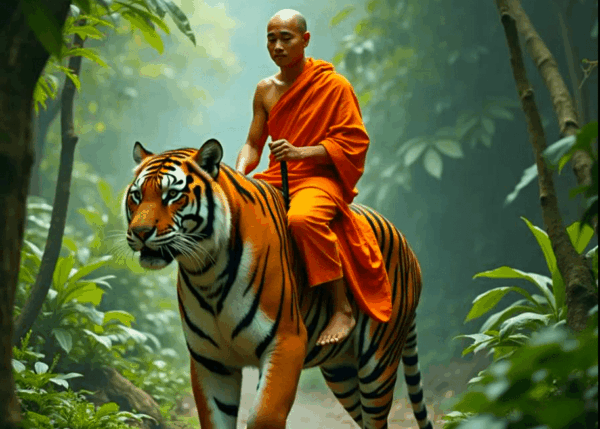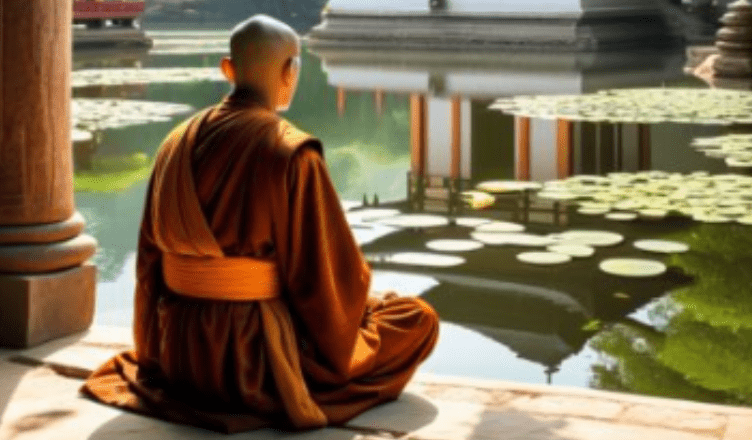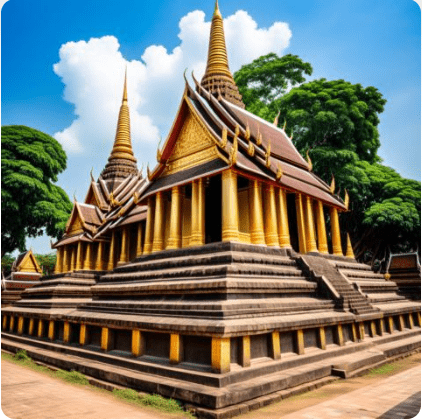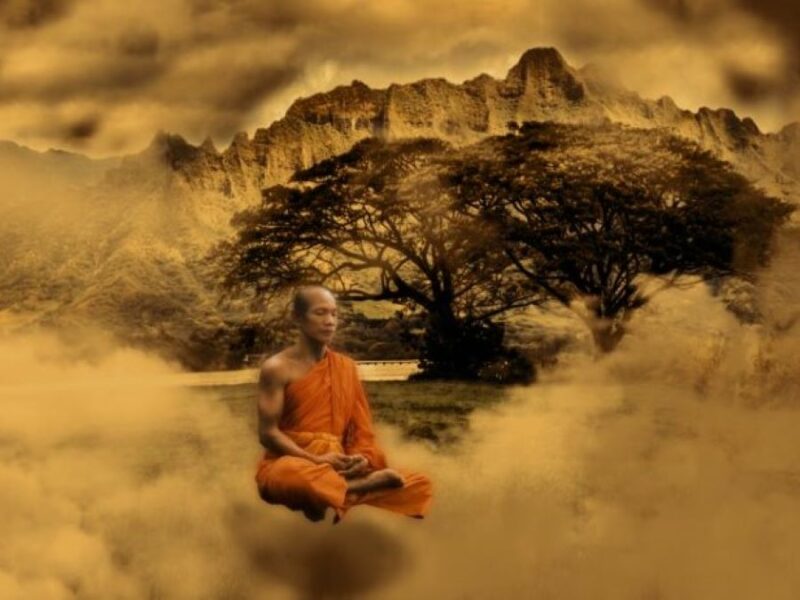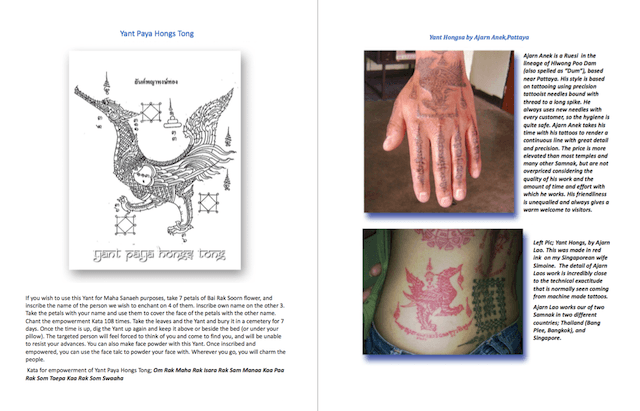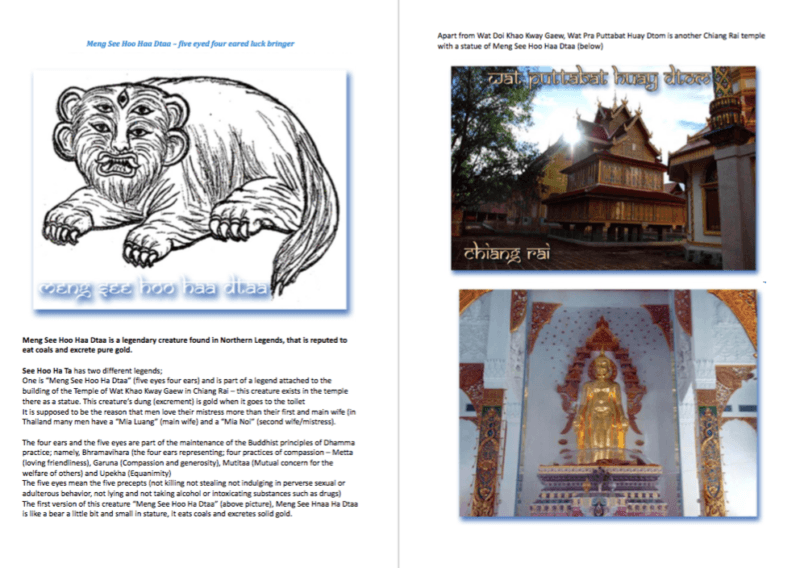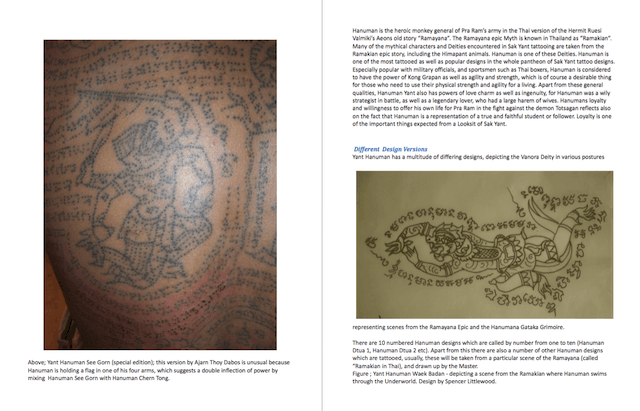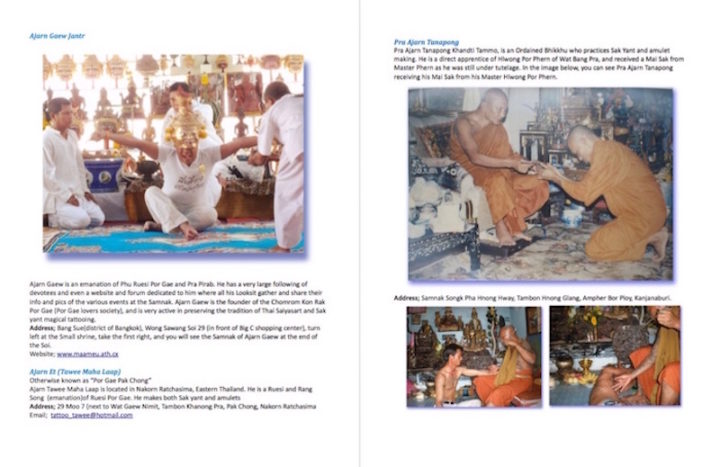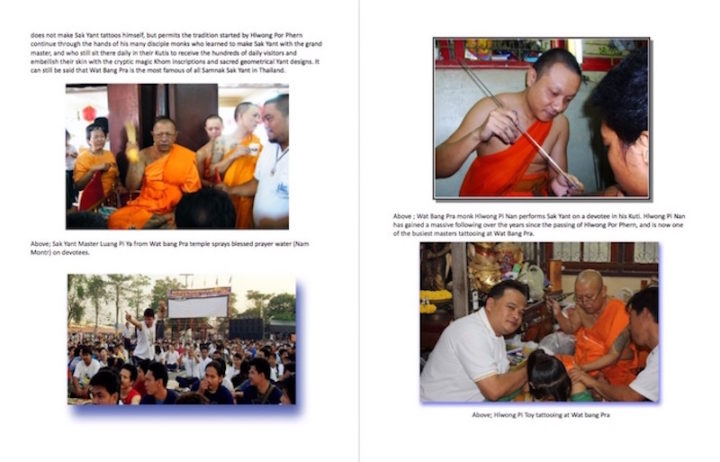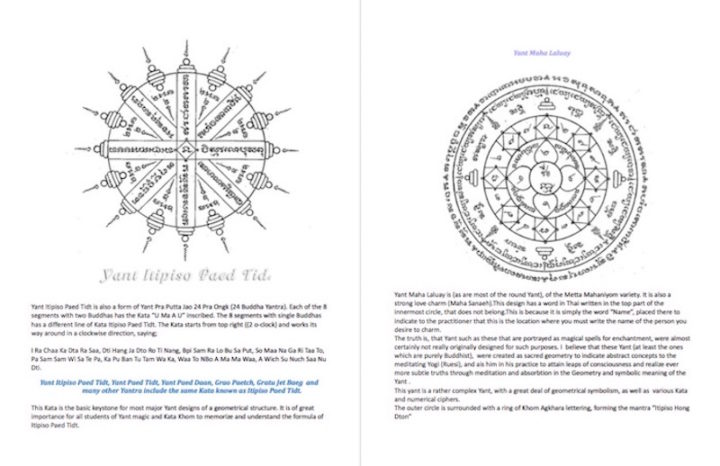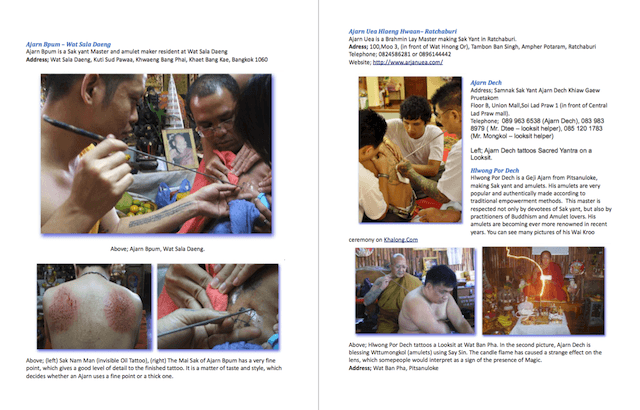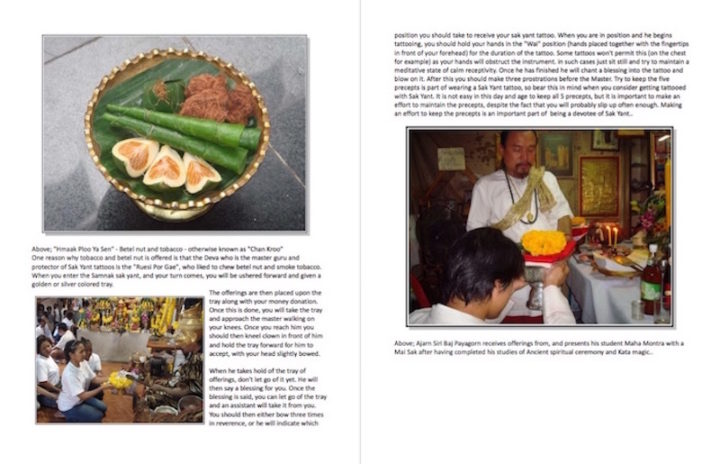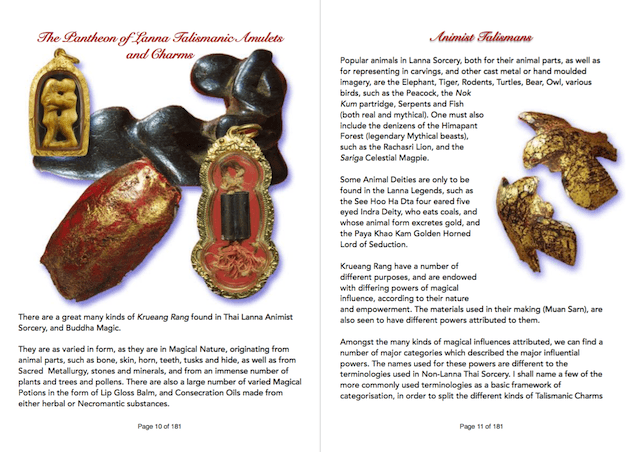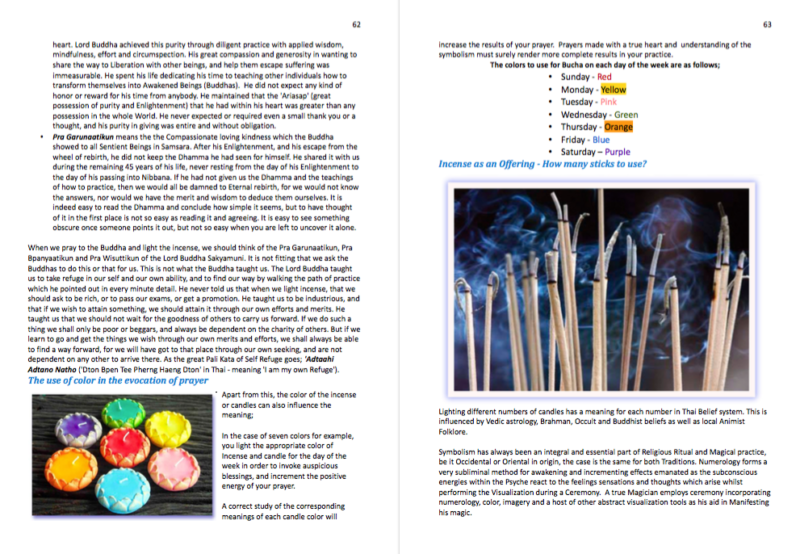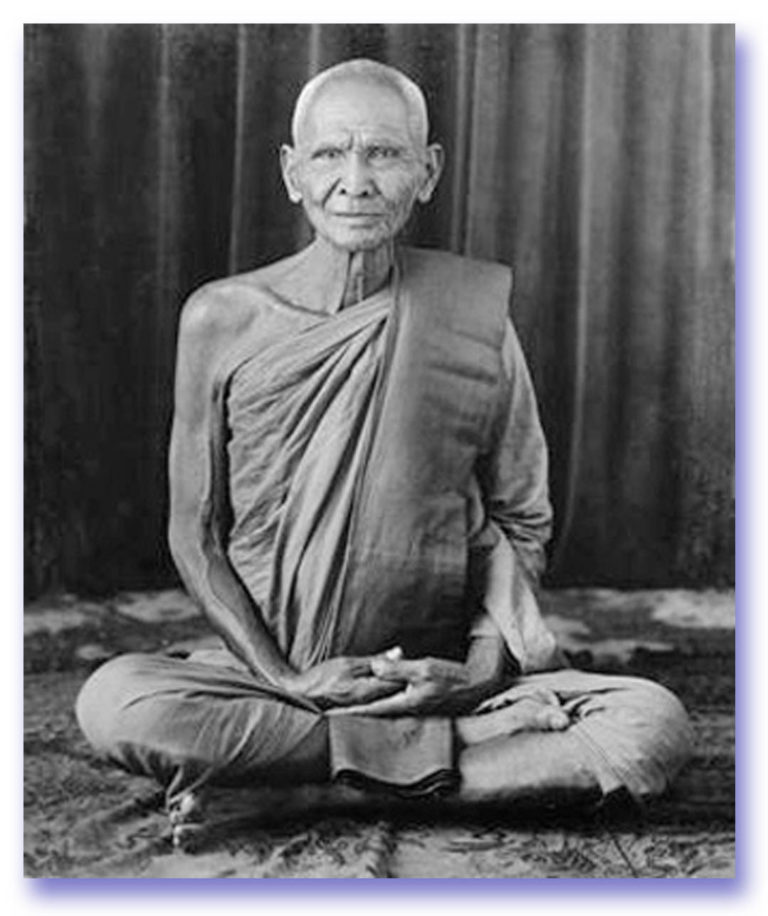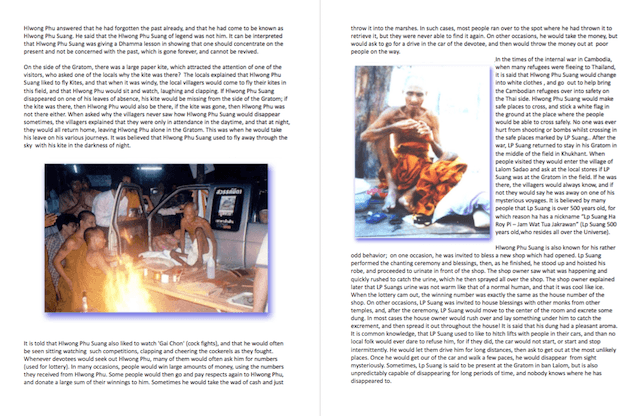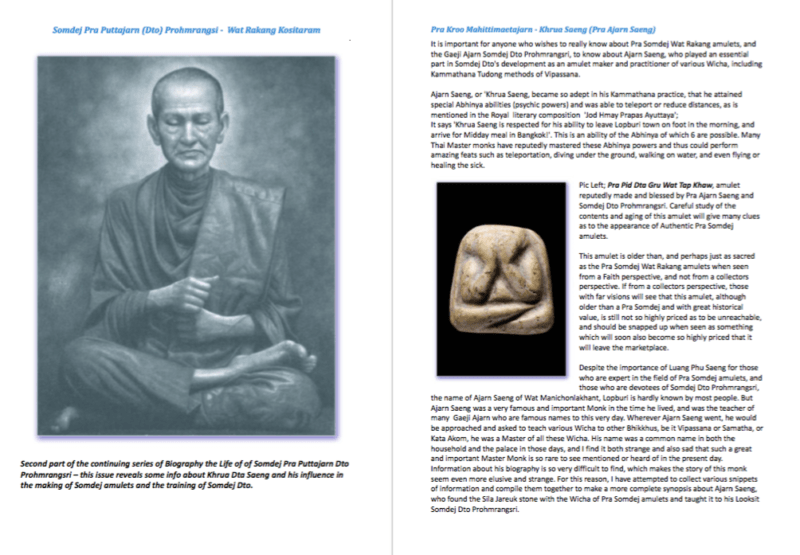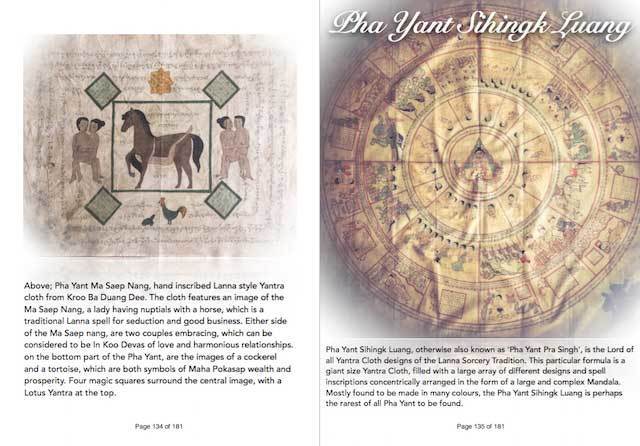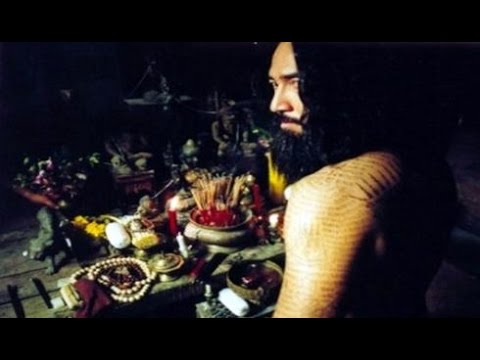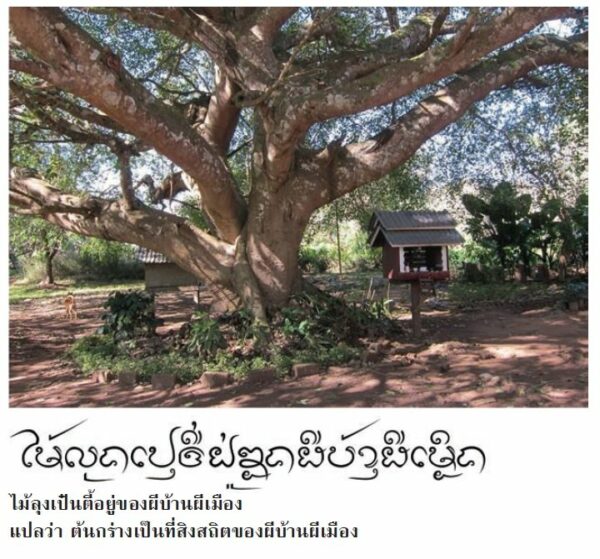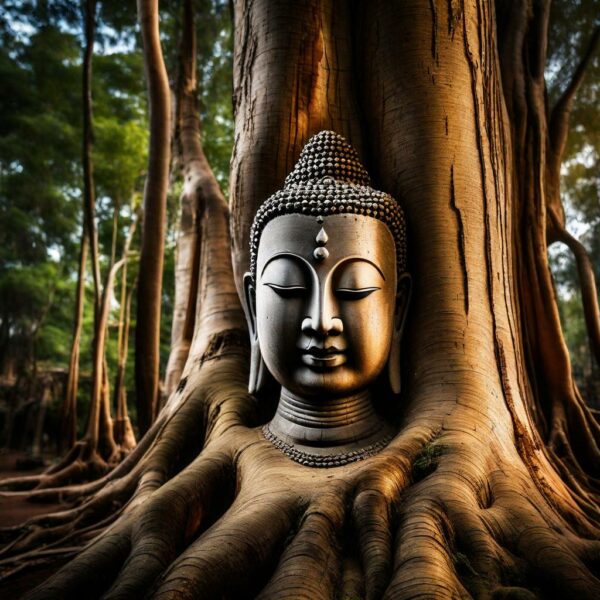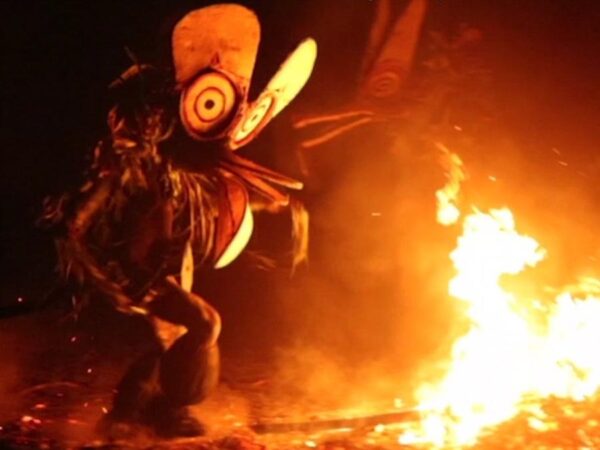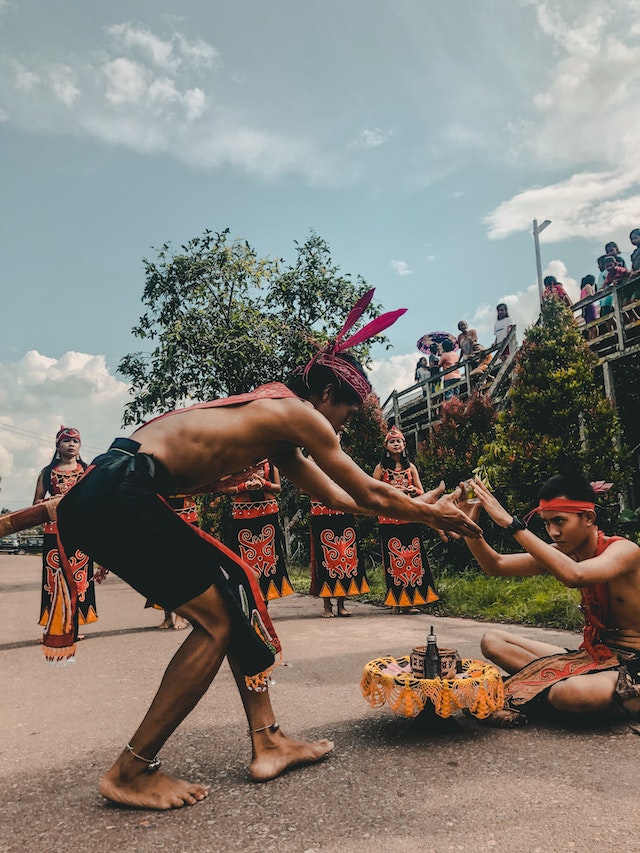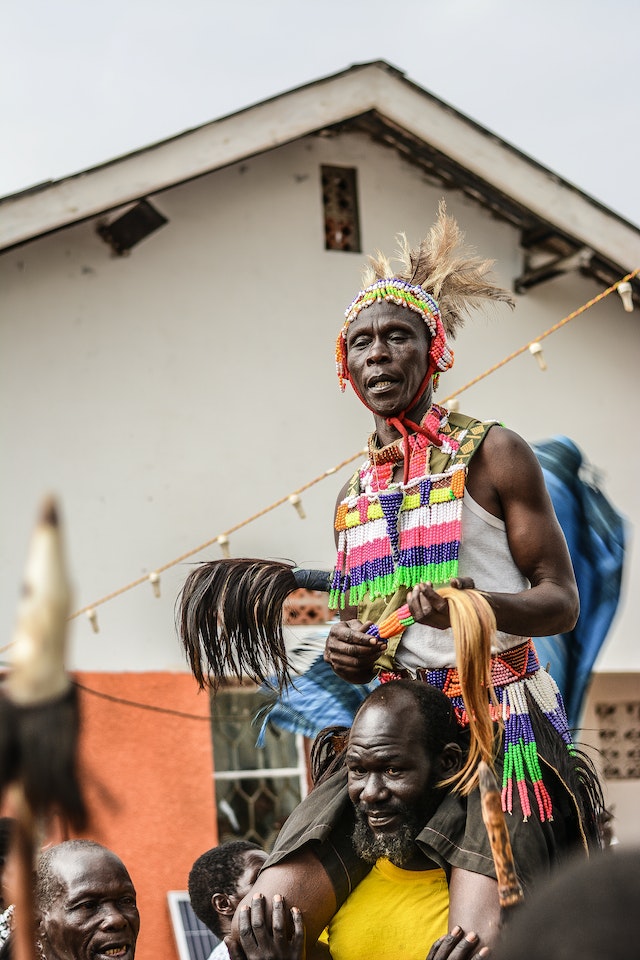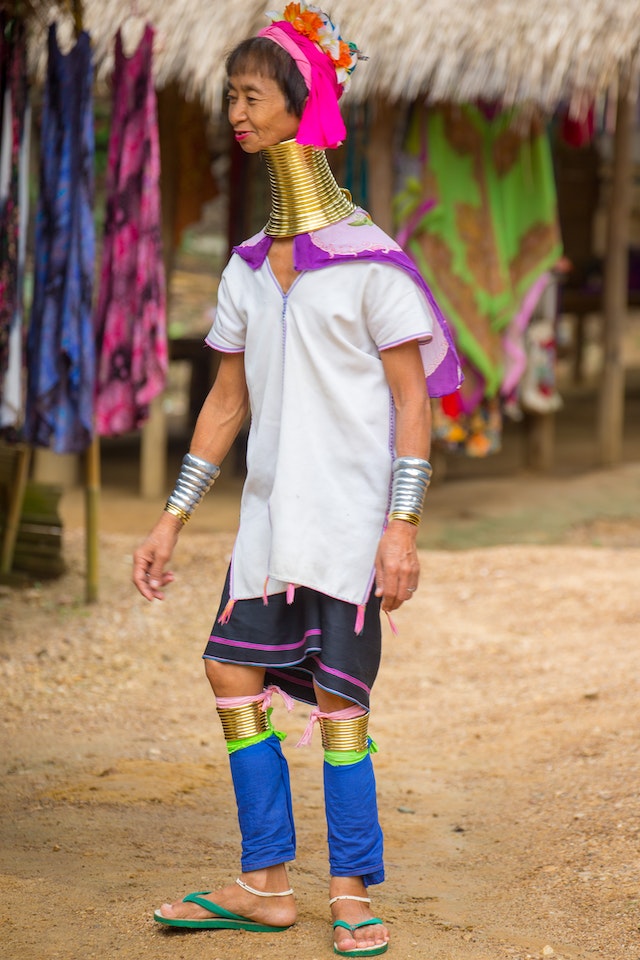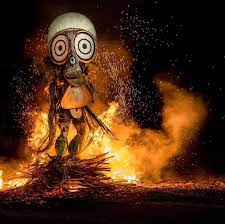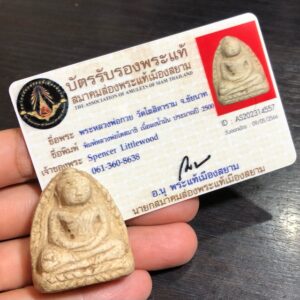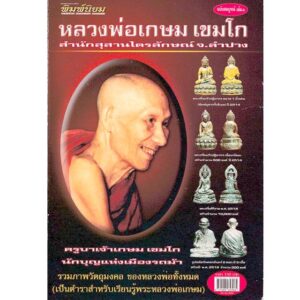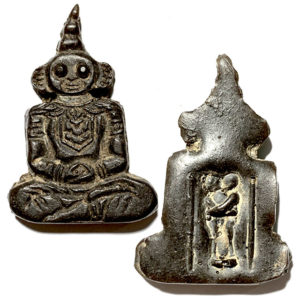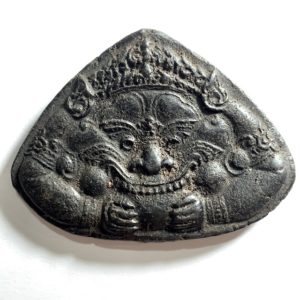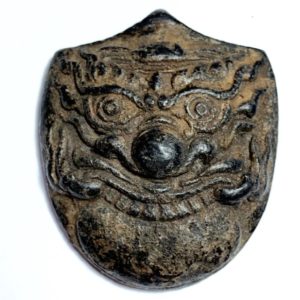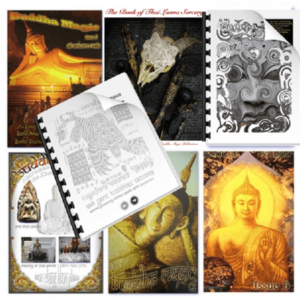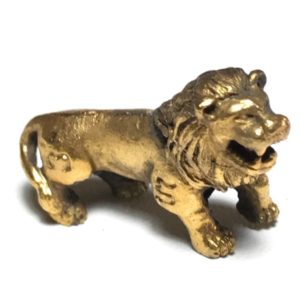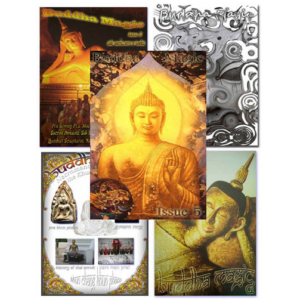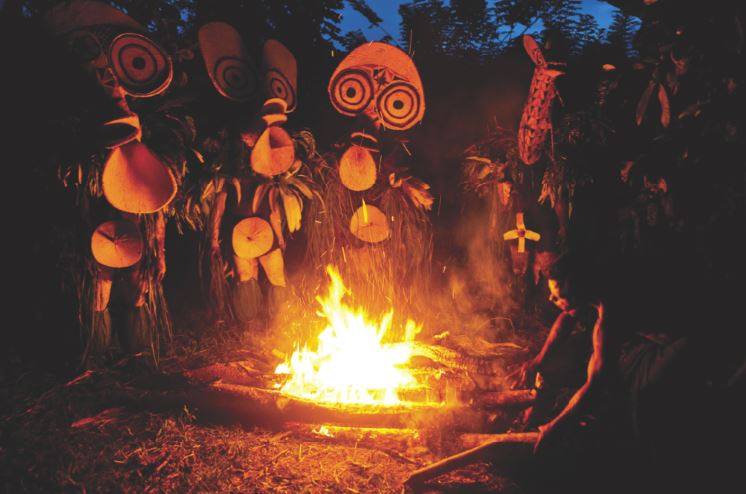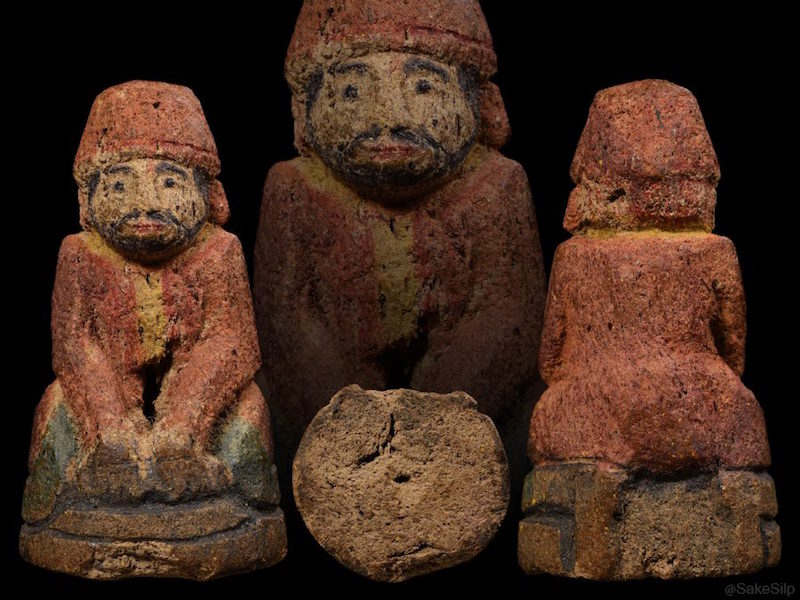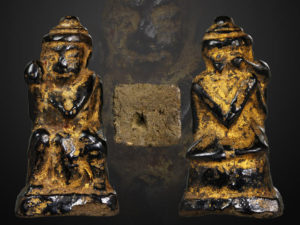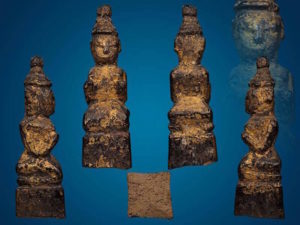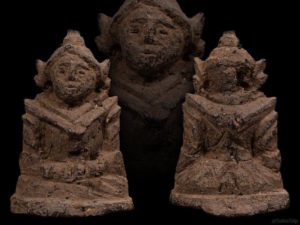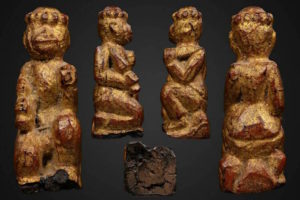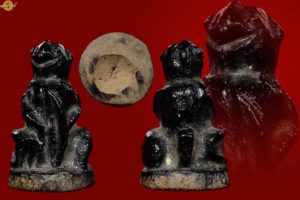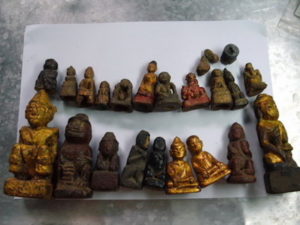The Syncretic Nature of Thai Buddhism: Intersections of Orthodoxy, Animism, and the Occult
The religious landscape of Thailand presents a fascinating case study in syncretism—the process by which disparate religious elements fuse to create new spiritual frameworks. While Theravada Buddhism serves as the official religion of Thailand, practiced by approximately 95% of the population, the lived religious experience diverges significantly from canonical Buddhist orthodoxy. This divergence manifests most visibly in the widespread practices surrounding sacred amulets, Sak Yant tattoos, and various magical rituals that draw from animistic traditions and occult knowledge systems. These practices, collectively referred to as “Buddha Magic” in contemporary discourse, represent a complex negotiation between orthodox Buddhist principles and pre-Buddhist spiritual traditions that have persisted throughout Southeast Asia.
Historical Development of Thai Religious Syncretism
This inimitable nature of Thai Buddhism, can be traced to the gradual introduction of Buddhism to the region beginning in the 3rd century BCE, when Buddhist missionaries from India first arrived in what is now Thailand. Rather than supplanting existing belief systems, Buddhism entered into a complex dialogue with indigenous animistic traditions and Brahmanical practices that had already established deep cultural roots. This process of religious accommodation and adaptation continued throughout the Dvaravati period (6th-11th centuries CE), the Srivijaya Empire’s influence (8th-13th centuries), and the establishment of the Sukhothai Kingdom in the 13th century.
The Sukhothai period marked a pivotal moment in Thai Buddhist history, as King Ramkhamhaeng officially adopted Theravada Buddhism as the state religion. However, this royal patronage of Buddhism did not eliminate pre-existing spiritual practices. Instead, it initiated a process of incorporation whereby animistic spirits, supernatural beings, and magical practices were re-contextualized within a nominally Buddhist framework. This pattern of syncretism intensified during the Ayutthaya period (14th-18th centuries) and has continued to evolve through the Bangkok era to the present day.
The Sukhothai period marked a pivotal moment in Thai Buddhist history, as King Ramkhamhaeng officially adopted Theravada Buddhism as the state religion in the 13th century. This decision not only solidified Buddhism’s presence in Thai society but also set the stage for a unique blend of spiritual practices that would continue to evolve over the centuries. While the adoption of Theravada Buddhism as the state religion may have seemed like a straightforward transition, it did not eliminate pre-existing spiritual practices. Instead, it initiated a process of incorporation whereby animistic spirits, supernatural beings, and magical practices were re-contextualized within a nominally Buddhist framework.
This approach allowed the Thai people to seamlessly integrate their traditional beliefs and practices with the teachings of Buddhism. As a result, the ancient animistic spirits and supernatural beings that were once worshiped as deities in their own right were gradually assimilated into the Buddhist pantheon, often taking on new roles and characteristics. For example, the Thai people’s reverence for the spirit of the forest, known as ‘phi ngan’, was incorporated into Buddhist teachings, where it became a manifestation of the Buddhist concept of ‘Devas’ or celestial beings. Similarly, the magical practices and rituals that were once performed to appease these spirits were adapted to conform to Buddhist teachings, often focusing on the attainment of spiritual merit and the cultivation of mindfulness.
This pattern of syncretism intensified during the Ayutthaya period (14th-18th centuries), as the Thai people continued to draw upon their rich cultural heritage to inform their spiritual practices. The Ayutthaya period saw the rise of powerful Buddhist monasteries and temples, which became centers of learning, art, and spirituality. These institutions played a crucial role in promoting the adoption of Theravada Buddhism and in shaping the unique blend of spiritual practices that would come to characterize Thai culture. The Bangkok era, which followed the Ayutthaya period, saw the continued evolution of this syncretic approach, as the Thai people continued to draw upon their cultural heritage to inform their spiritual practices.
Theoretical Framework: Beyond Simple Syncretism
The relationship between orthodox Buddhism and magical practices in Thailand is a complex and multifaceted one, transcending simple syncretism. Rather than viewing the coexistence of these two seemingly contradictory belief systems as a form of cultural compromise, anthropologists have identified a more nuanced dynamic at play. Stanley Tambiah’s concept of “multiple religious participation” provides a useful framework for understanding how Thai Buddhists navigate these different belief systems, engaging with them in a way that is context-dependent and need-driven.
According to Tambiah, Thai Buddhists do not perceive a contradiction between canonical Buddhism and magical practices. Instead, they engage with different religious modalities depending on the specific context and their personal needs. For example, a Buddhist practitioner may turn to traditional animist rituals to seek protection from misfortune or to ensure a successful harvest, while also maintaining a commitment to the principles of the Eightfold Path. This pragmatic approach to spirituality allows individuals to draw upon a range of spiritual resources, selecting from a menu of options that best meets their needs at a particular moment.
This dynamic interplay between different spiritual traditions creates what scholar Pattana Kitiarsa terms a “religious field” where Buddhism, animism, and occult traditions coexist in dynamic tension. Within this field, individuals and communities navigate a complex web of relationships between different spiritual modalities, drawing upon the resources and practices that are most relevant to their lives. This approach to spirituality is characterized by a high degree of flexibility and adaptability, as individuals and communities respond to changing circumstances and needs by drawing upon a range of spiritual resources.
The concept of a “religious field” suggests that Thai spirituality is not a fixed or essentialized entity, but rather a dynamic and evolving system that is shaped by the interactions and relationships between different spiritual traditions. This perspective highlights the importance of context and contingency in shaping spiritual practices, and underscores the need to approach the study of Thai spirituality with a nuanced and multidimensional understanding. By recognizing the complex interplay between different spiritual traditions, scholars can gain a deeper understanding of the ways in which Thai Buddhists navigate the complexities of their spiritual lives, and the ways in which their practices reflect and shape their cultural and social contexts.
Material Culture: Amulets as Embodied Syncretism
Sacred amulets (phra krueang) represent perhaps the most visible manifestation of Thai religious syncretism. These objects—typically small Buddha images or representations of revered monks—function as portable repositories of spiritual power (saksit). The efficacy of amulets derives from multiple sources: the sanctity of the Buddhist imagery, the spiritual attainment of the monk who consecrated them, the power of the materials from which they are made, and the ritual processes employed in their creation.
The production of powerful amulets involves a complex interplay of orthodox Buddhist elements (meditation, chanting of sutras) with practices that have no canonical basis, such as the incorporation of sacred substances (herbs, yantra inscriptions, cremation ash, hair of revered monks). This material hybridity reflects the broader religious hybridity of Thai Buddhism itself.
The amulet culture has evolved into a sophisticated ecosystem with its own internal logic and hierarchies. Amulets associated with particularly renowned monks (Luang Phor) such as Luang Phor Tuad, Somdet To, Luang Por Tim, and Luang Por Parn command extraordinary reverence and, in some cases, substantial monetary value. The power attributed to these objects extends beyond simple protection to include specific benefits such as wealth generation, enhanced charisma, and even invulnerability—benefits that reflect worldly concerns rather than the Buddhist goal of liberation from suffering.
Sak Yant: Embodied Magic and Monastic Authority
Sak Yant (sacred yantra tattoos) represent another domain where Buddhism intersects with magical practices. These tattoos, traditionally applied by monks or specialized practitioners (Ajarn), consist of geometric designs, Pali scriptures in ancient Khmer script, and mythological figures. Each design carries specific protective or empowering properties: the Hah Taew (Five Lines) offers protection and good fortune; the Gao Yord (Nine Spires) represents the nine peaks of Mount Meru and provides comprehensive protection; the Paed Tidt protects from dangers in all eight directions.
The application of Sak Yant involves not merely the physical tattooing but also the recitation of kata (magical incantations) that activate the design’s power. Recipients must adhere to moral precepts specific to their tattoo, creating an ongoing relationship between the physical mark, ethical behavior, and spiritual protection. This relationship exemplifies how magical practices in Thailand often reinforce rather than contradict Buddhist ethical principles.
The authority to create effective Sak Yant traditionally resides with monks who have mastered Wicha (magical knowledge) passed down through specific lineages. This system places occult knowledge within the framework of monastic authority, thereby legitimizing magical practices through association with Buddhist institutions while simultaneously enhancing the prestige of those institutions through their connection to effective magic.
Animistic Substrates in Thai Buddhism
Underlying both amulet veneration and Sak Yant practices is a fundamentally animistic worldview that predates Buddhism in Southeast Asia. This worldview posits that the natural world is inhabited by various spirits (phi) and deities that can influence human affairs. Rather than rejecting this cosmology, Thai Buddhism has incorporated it, reconfiguring indigenous spirits within a Buddhist cosmological hierarchy.
The veneration of guardian spirits such as Phi Pob and Mae Nang Kwak (a female spirit invoked for prosperity) exemplifies this process of incorporation. Similarly, the worship of Naga (serpent deities) and Garuda (mythical bird-like creatures) represents the absorption of both indigenous animistic elements and Brahmanical deities into Thai Buddhist practice.
The Role of Revered Monks in Thai Magical Buddhism
Central to the legitimacy of Thai magical Buddhism is the figure of the spiritually accomplished monk. Monks renowned for their meditation practice, adherence to monastic discipline, and compassionate works are believed to develop supernatural powers (iddhi) as a byproduct of their spiritual attainment. While orthodox Theravada teachings caution against the display or pursuit of such powers, in Thai popular Buddhism, these abilities become markers of spiritual authenticity.
Revered monks like Luang Phor Tuad, famous for purportedly turning seawater into freshwater, or Somdet To, known for his powerful amulets, occupy a liminal position between orthodox Buddhism and magical practice. Their perceived ability to harness supernatural forces for beneficial purposes bridges the gap between canonical Buddhism’s emphasis on personal spiritual development and the popular desire for immediate, tangible benefits from religious practice.
Negotiated Religious Identity
The complex relationship between Thai Buddhism, amulets, Sak Yant tattoos, animism, and occult practices reveals a sophisticated process of religious negotiation that has unfolded over centuries. Rather than representing a corruption of “pure” Buddhism, as some Western scholars have suggested, these syncretic elements reflect the dynamic adaptability of religious systems and the agency of practitioners in constructing meaningful spiritual frameworks.
The persistence and popularity of Buddha Magic in contemporary Thailand—even amid rapid modernization and globalization—suggests that these practices fulfill important psychological, social, and spiritual needs that neither orthodox Buddhism nor secular modernity adequately addresses. By providing tangible connections to the sacred, offering protection in an uncertain world, and creating communities of shared belief, these syncretic practices continue to play a vital role in Thai religious life.
Understanding Thai Buddhism therefore requires moving beyond simplistic dichotomies of orthodoxy versus folk religion to recognize the complex, negotiated nature of religious identity in which seemingly contradictory elements coexist and reinforce one another. This syncretic religious ecosystem demonstrates how spiritual traditions evolve not through wholesale replacement but through processes of incorporation, reinterpretation, and creative synthesis.
